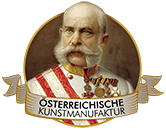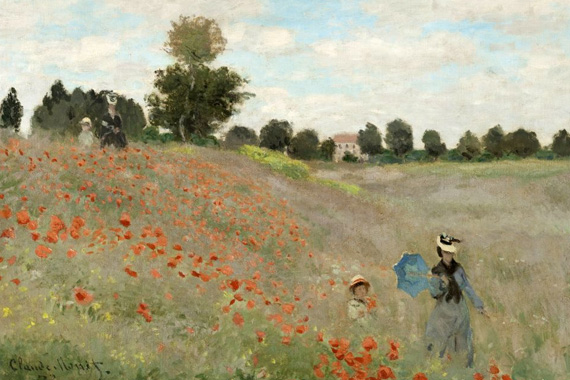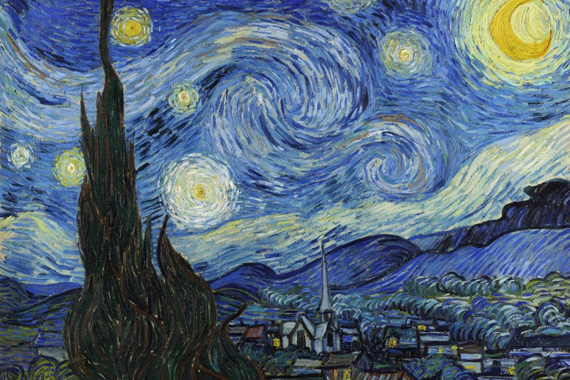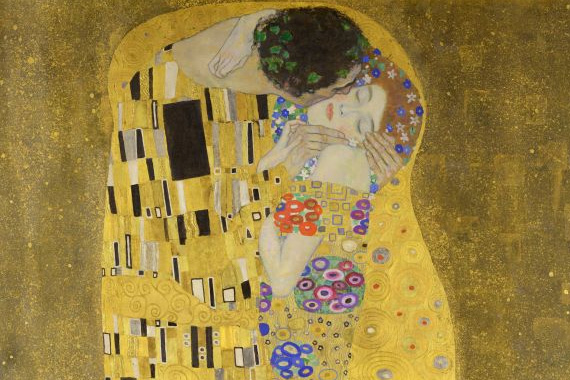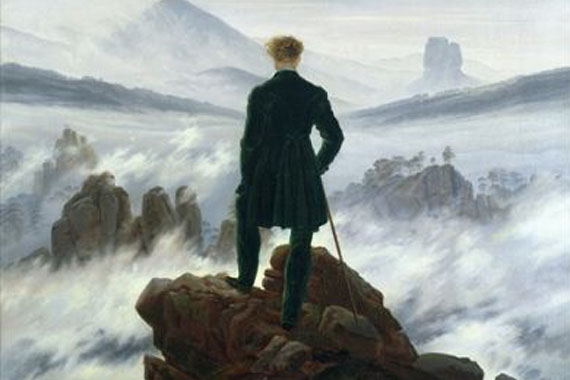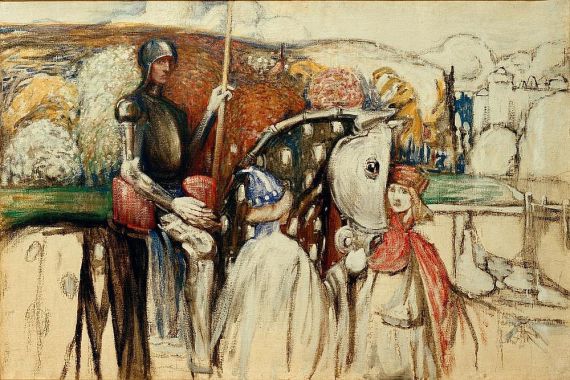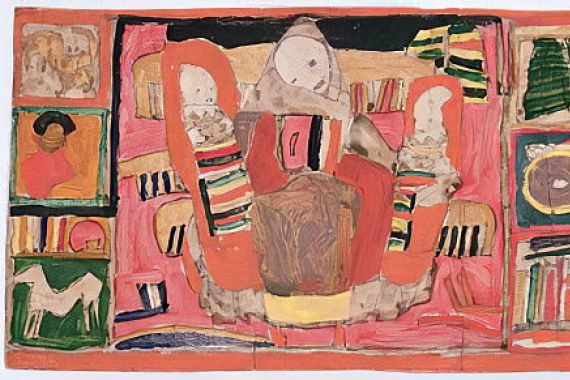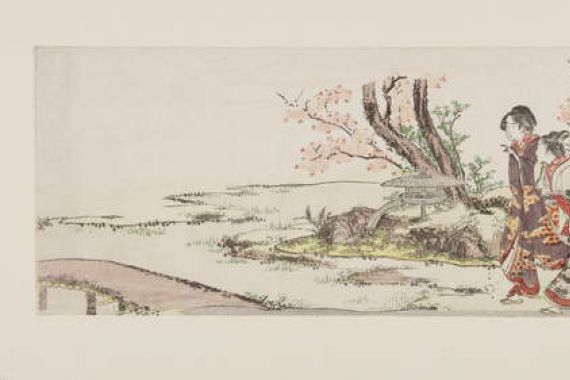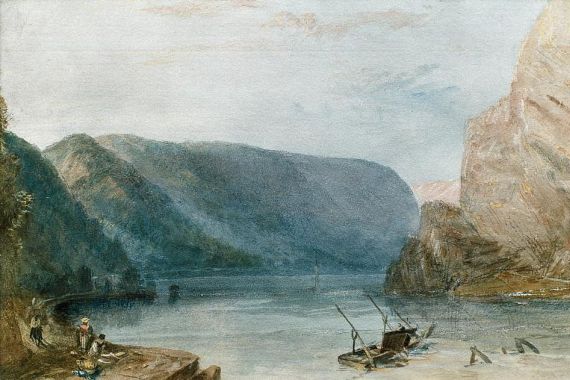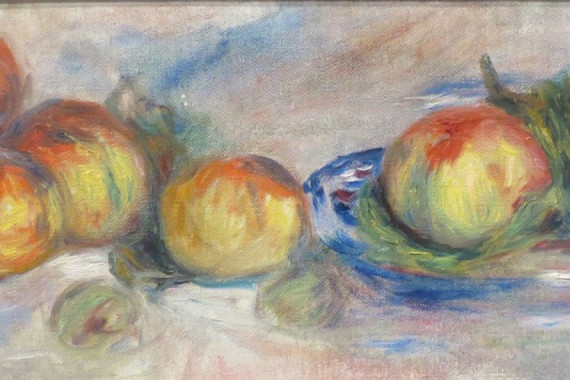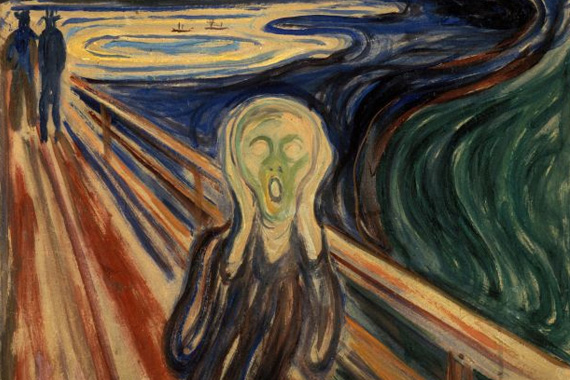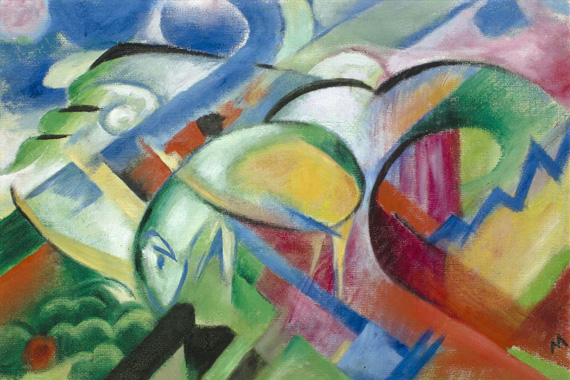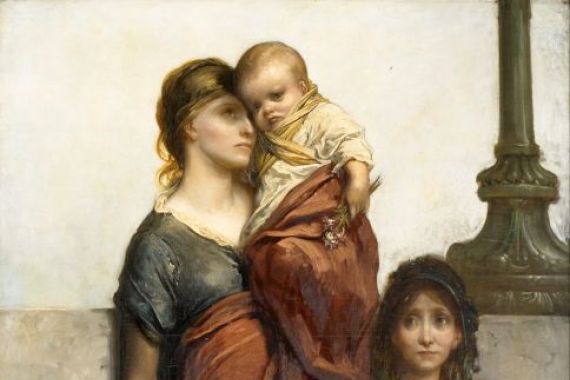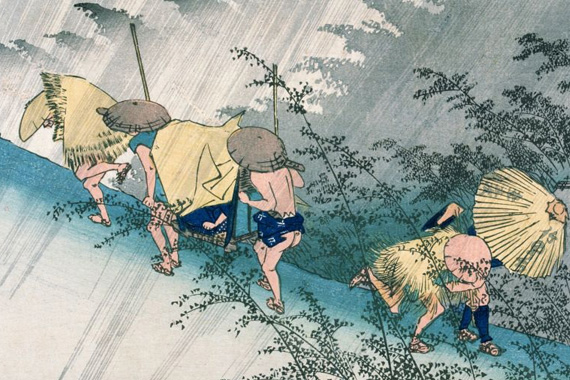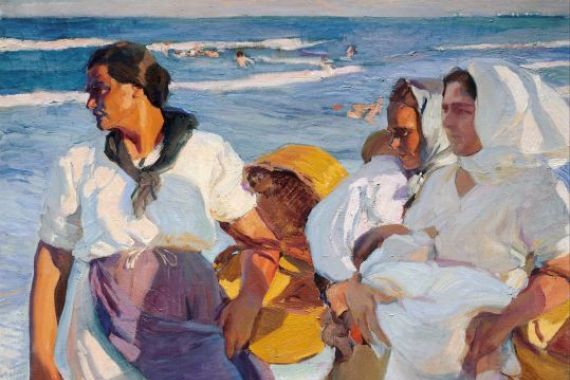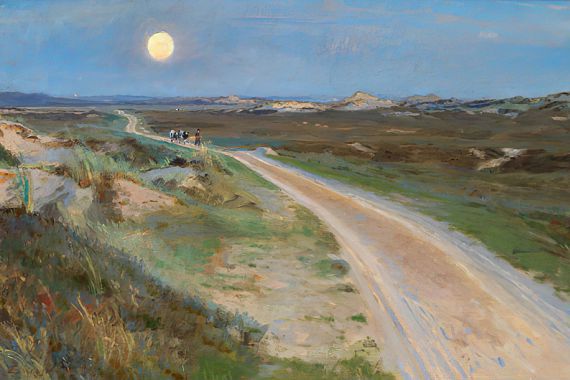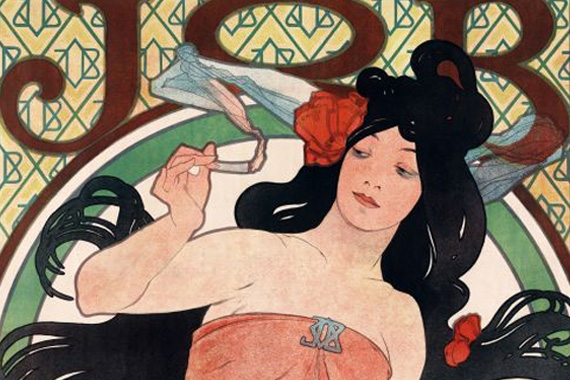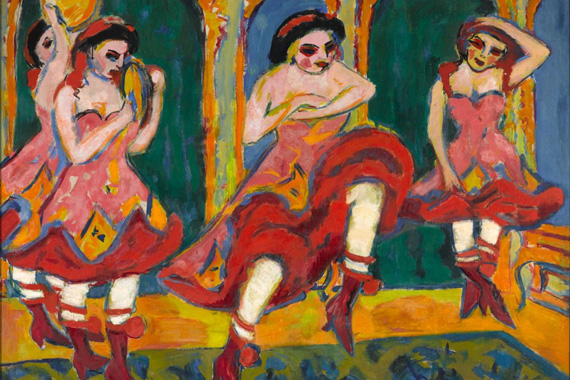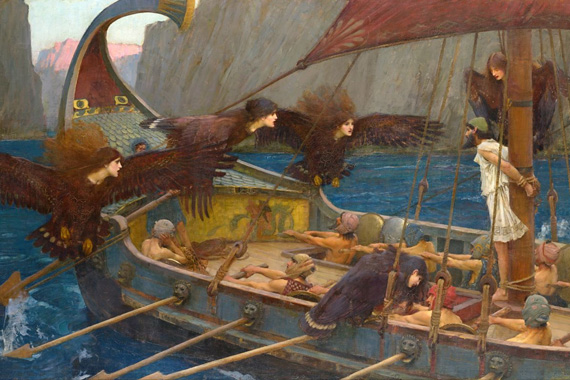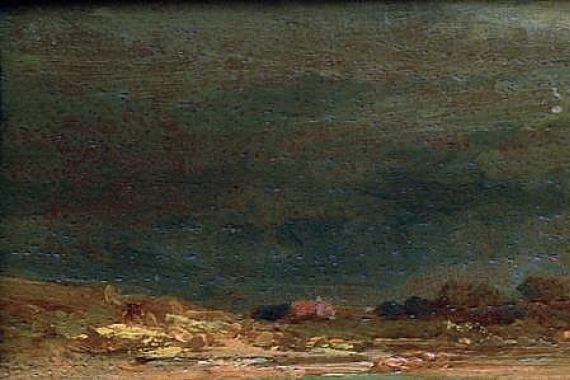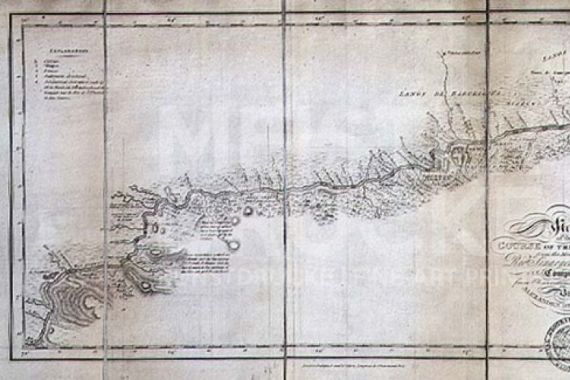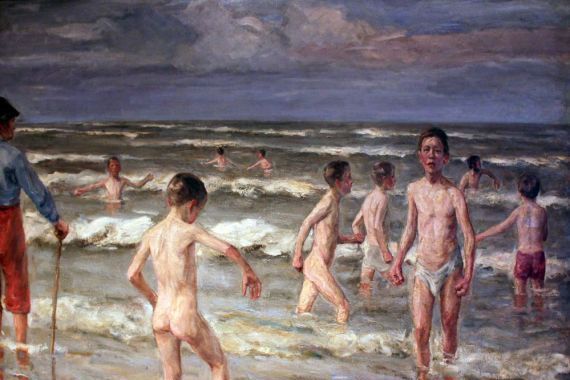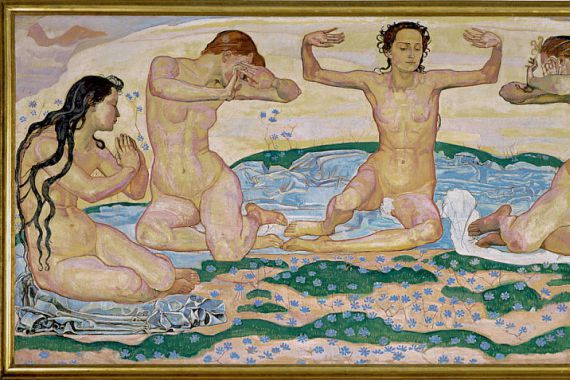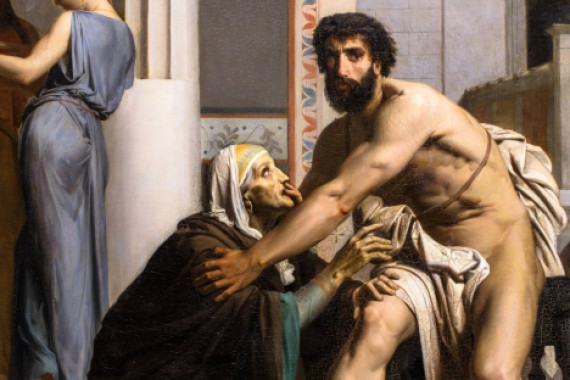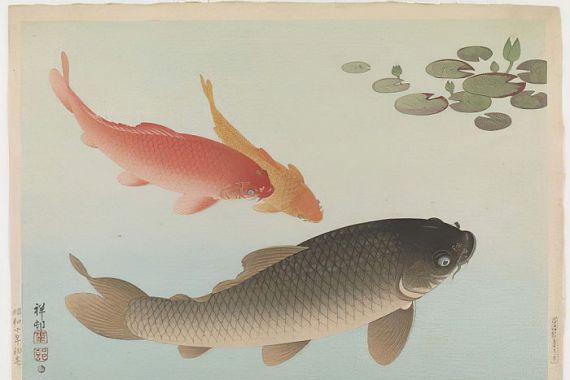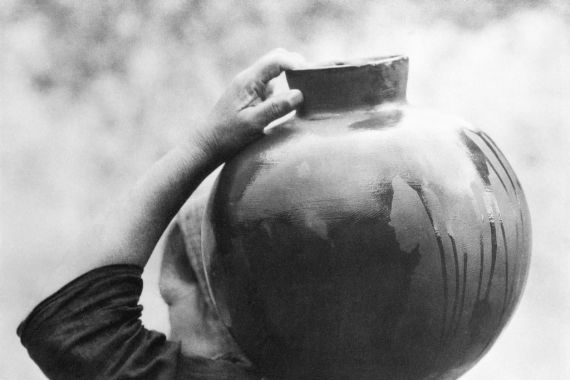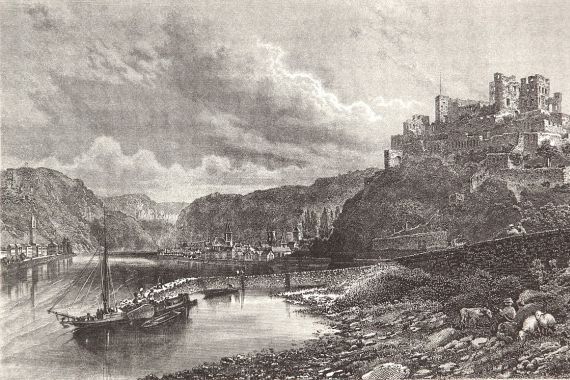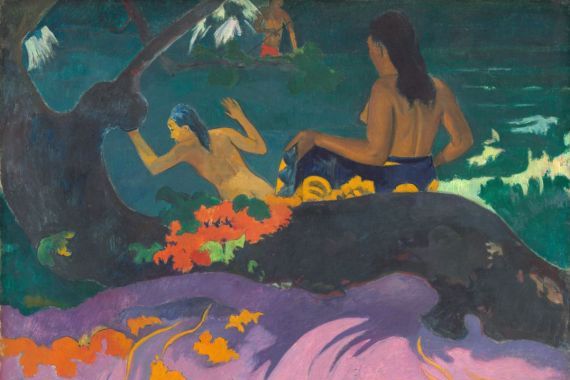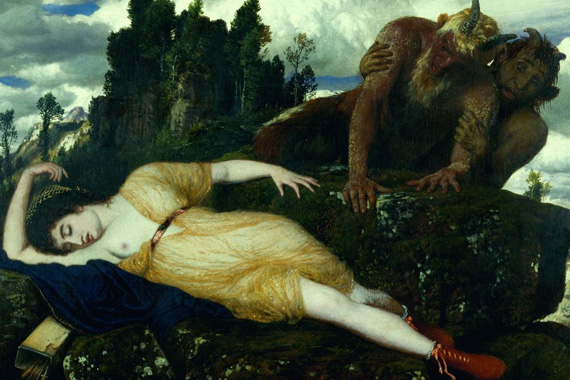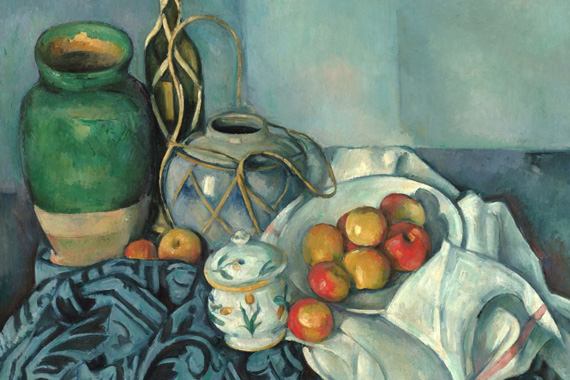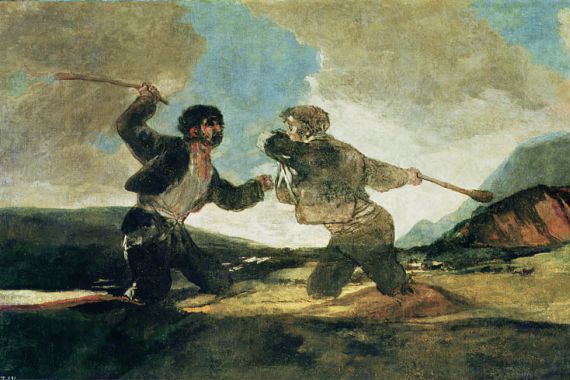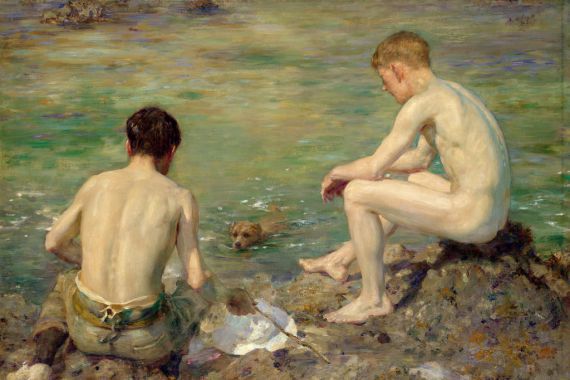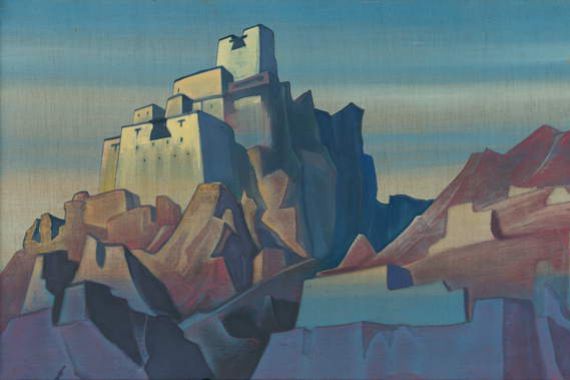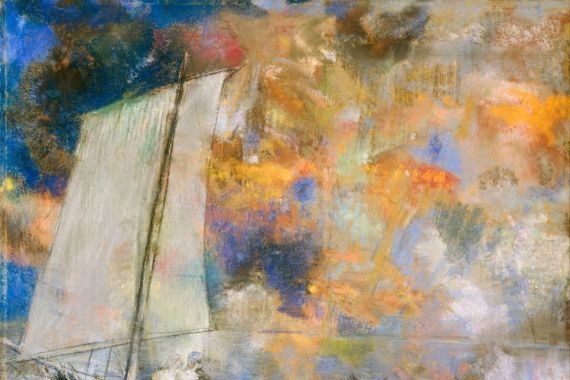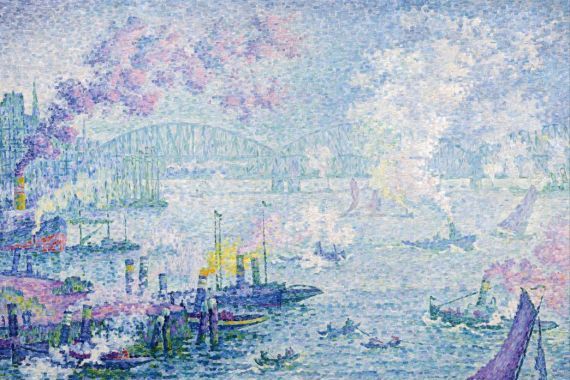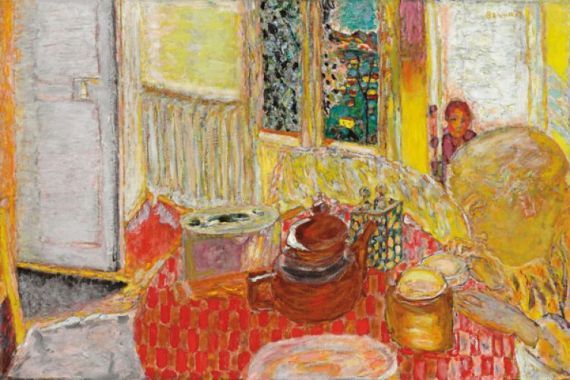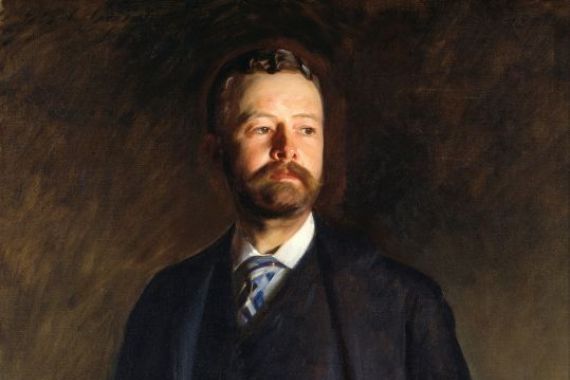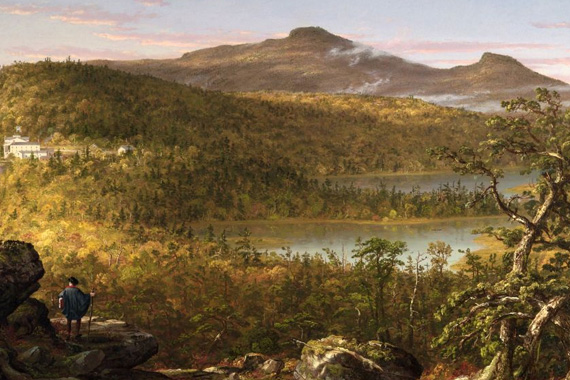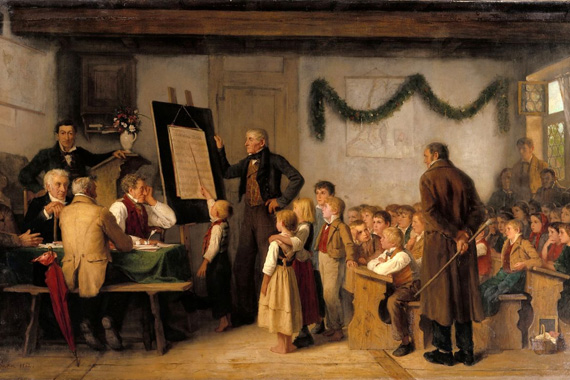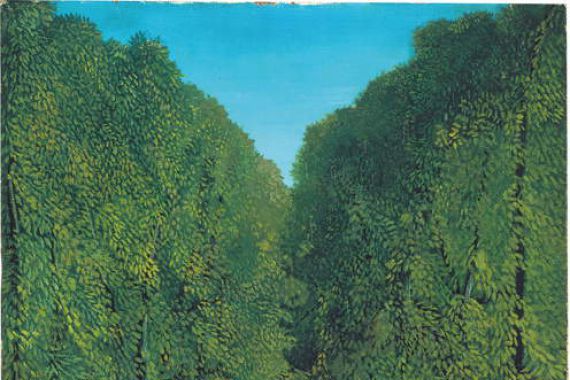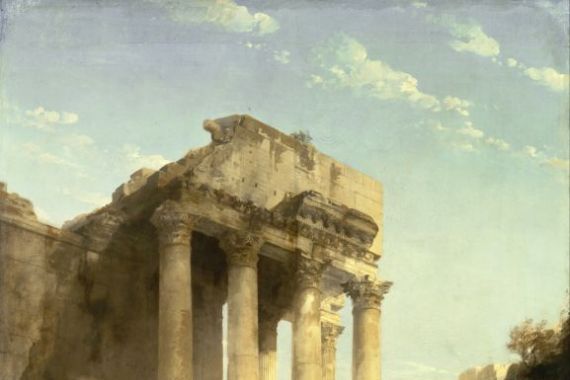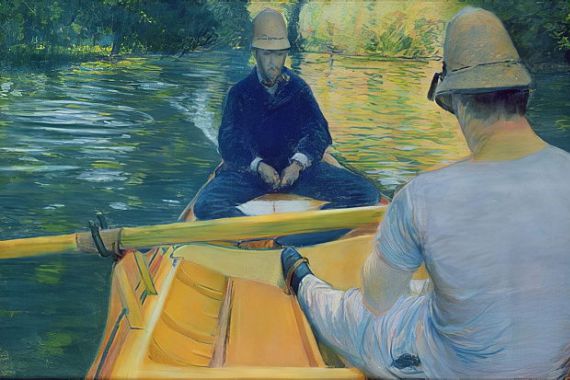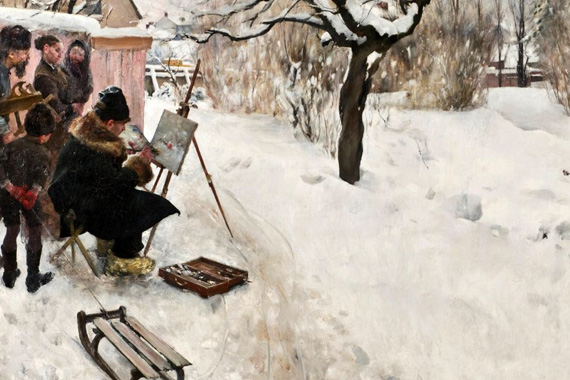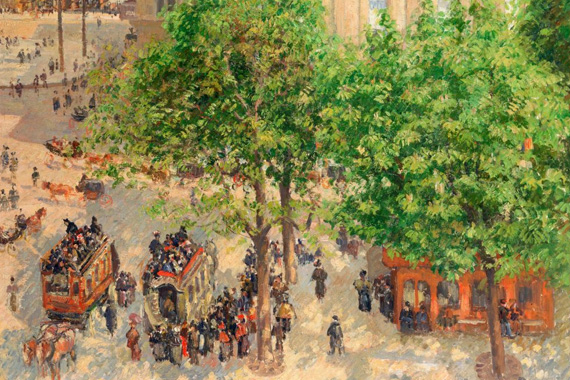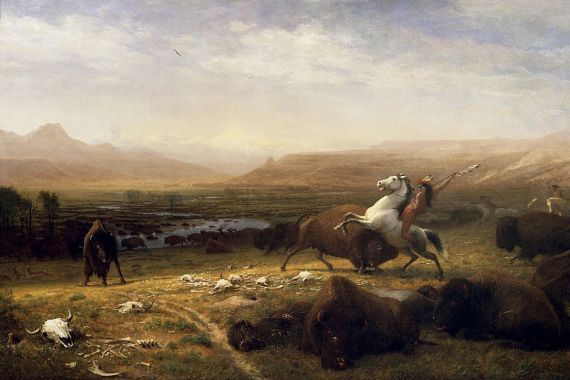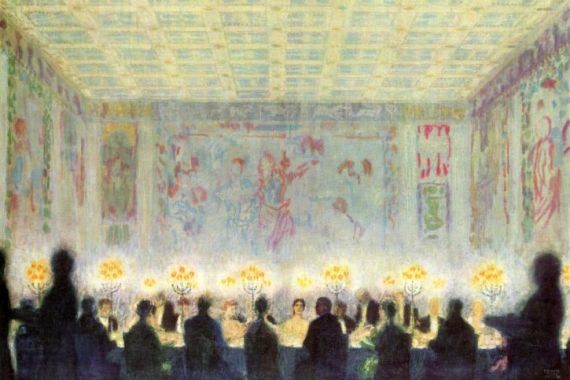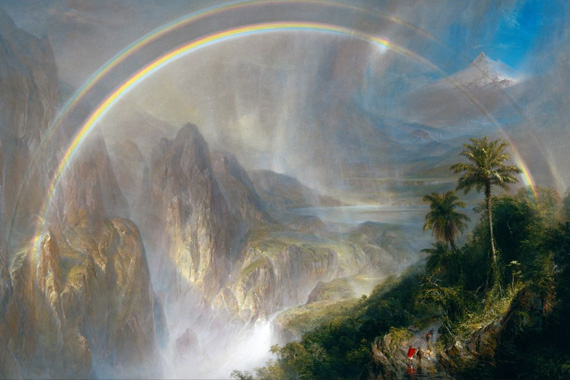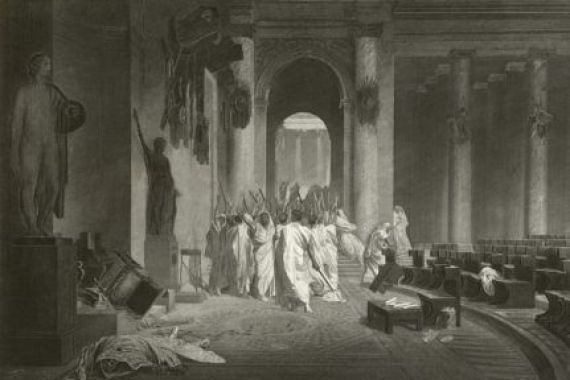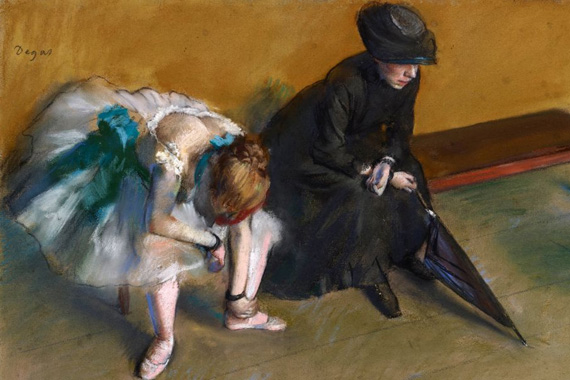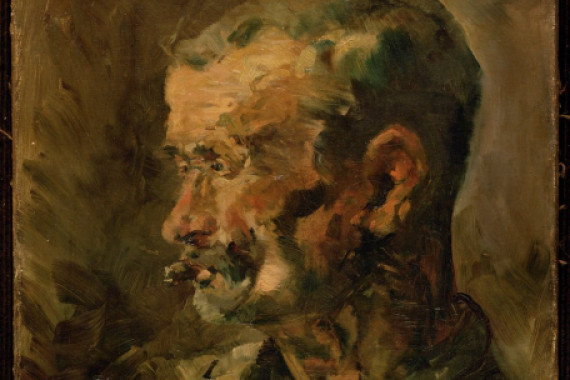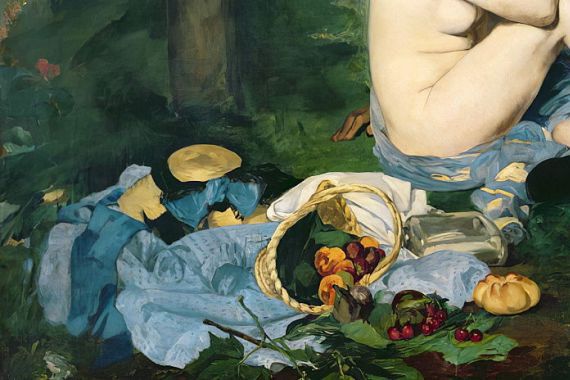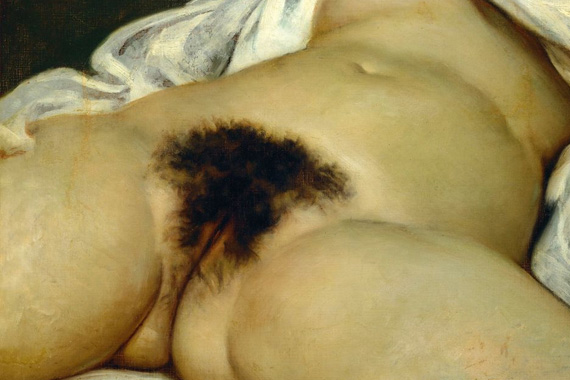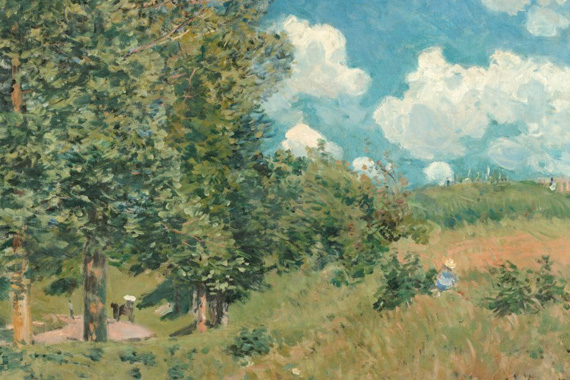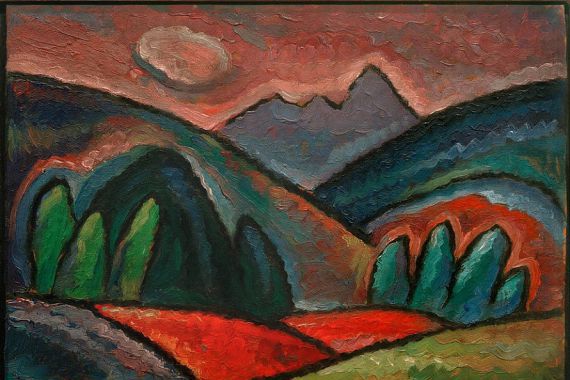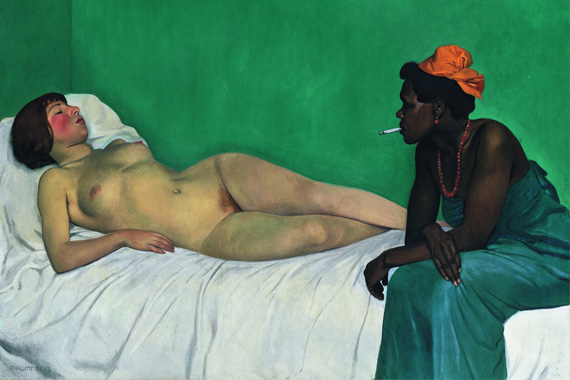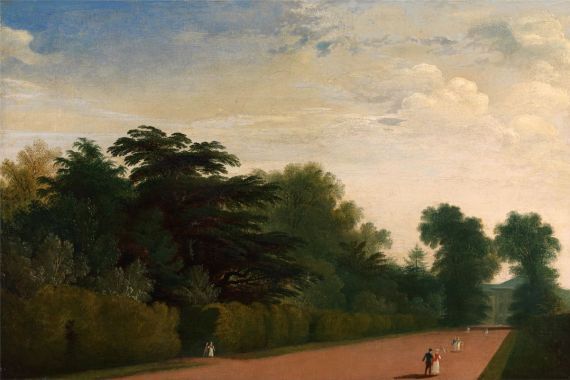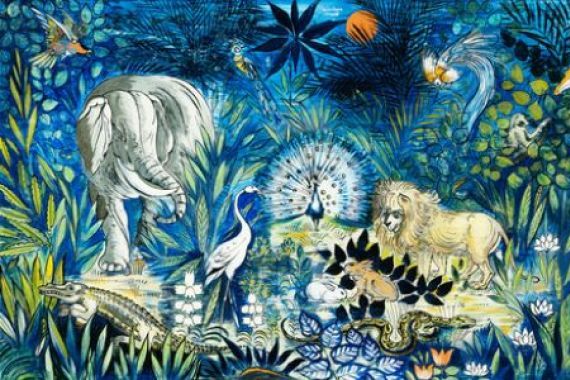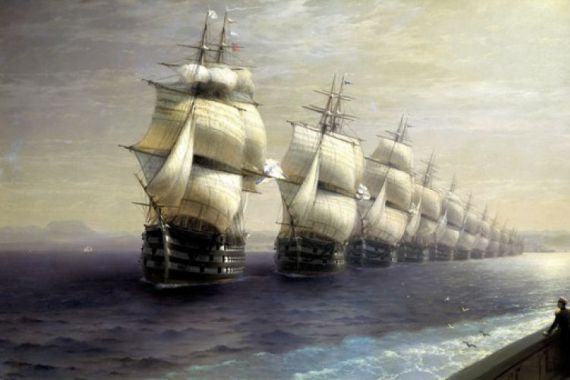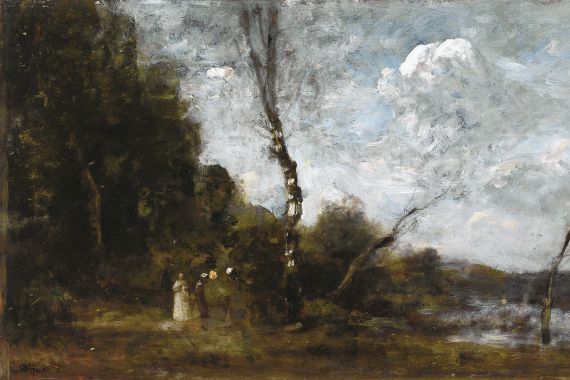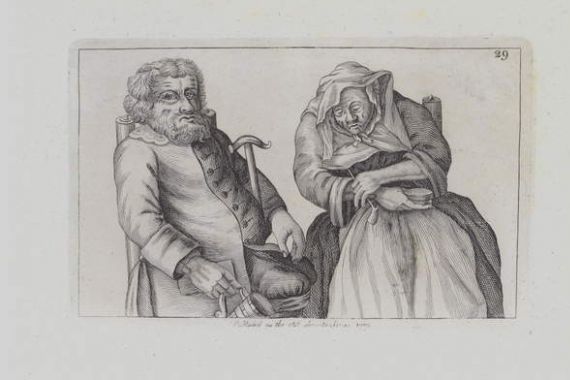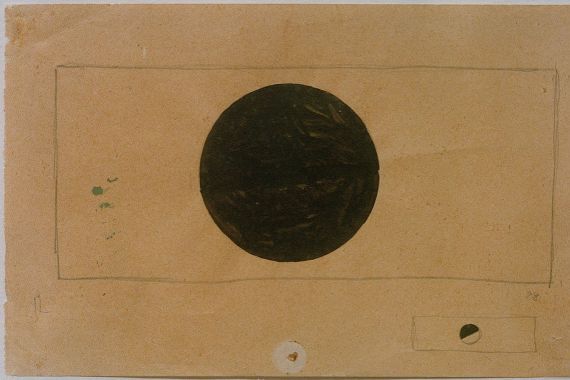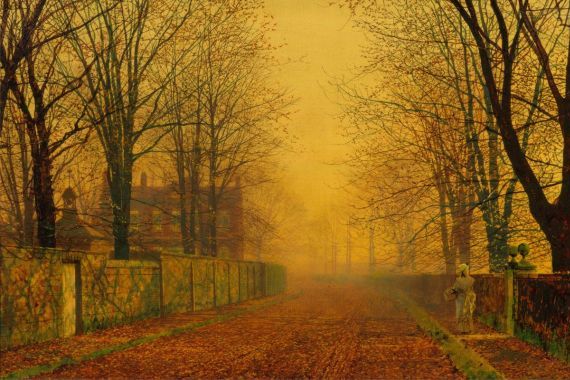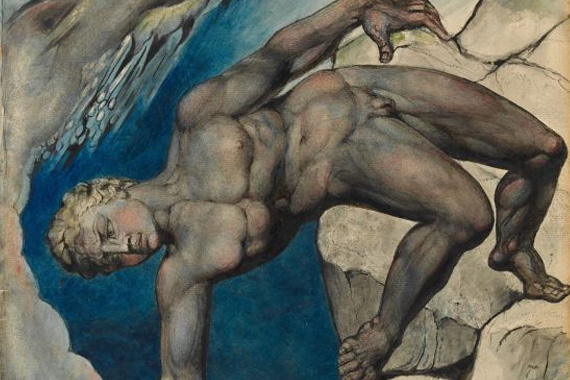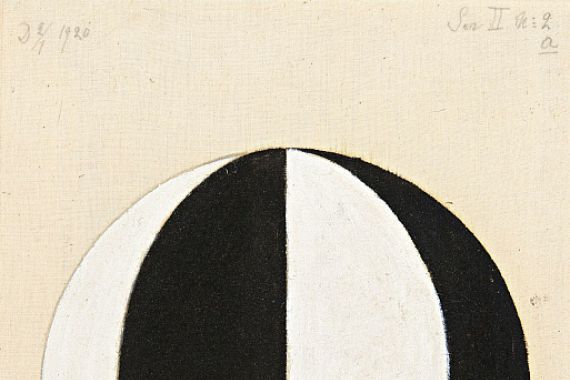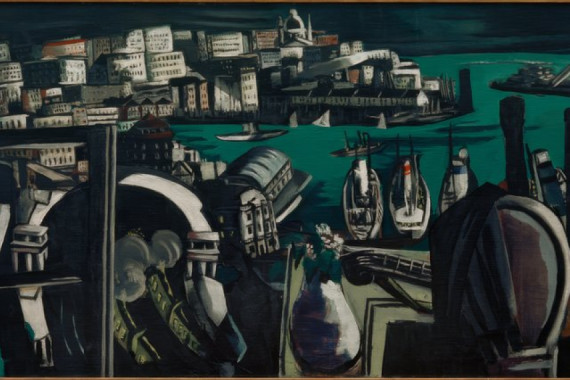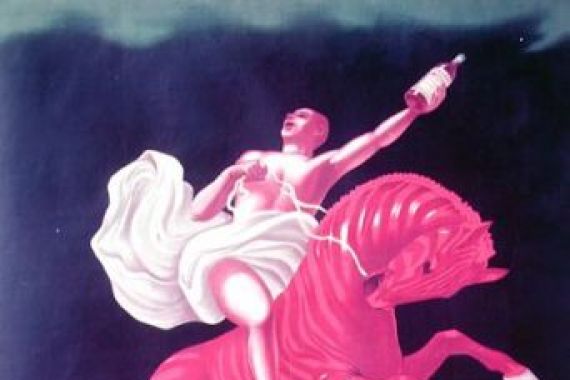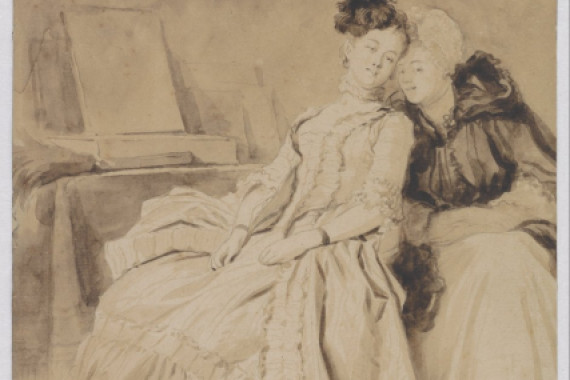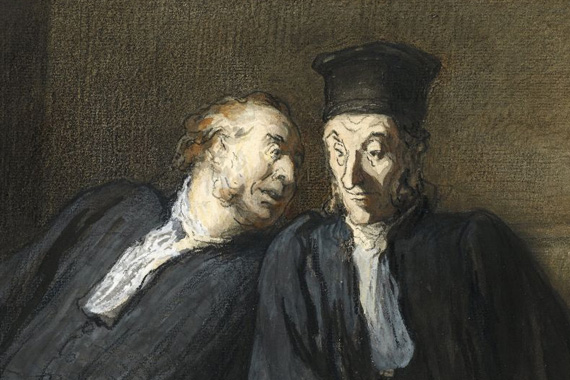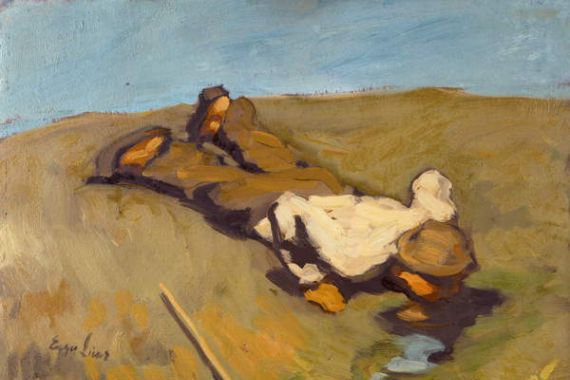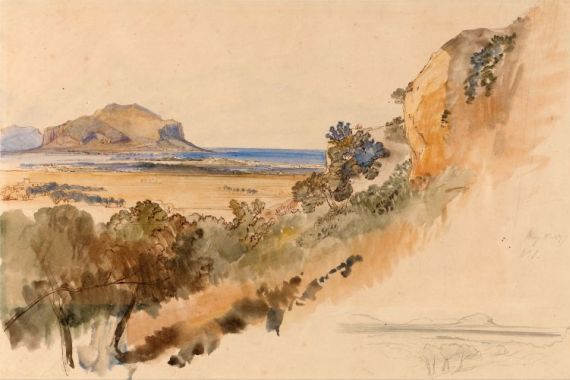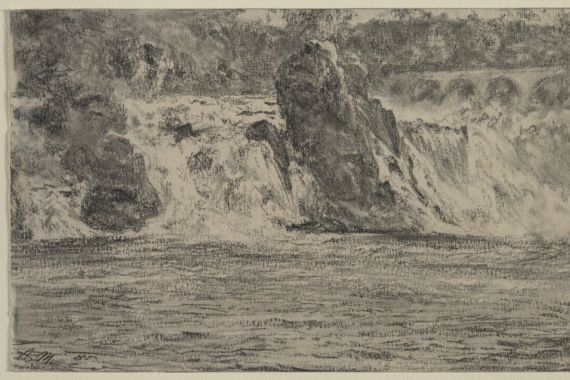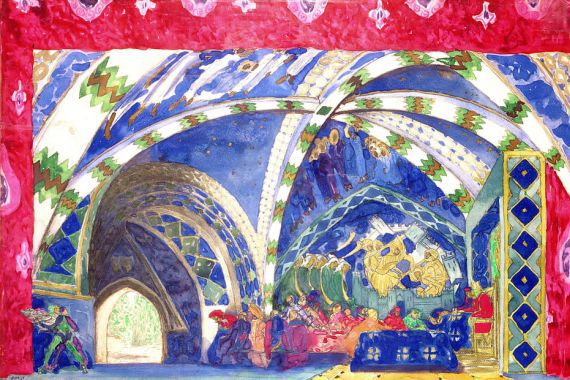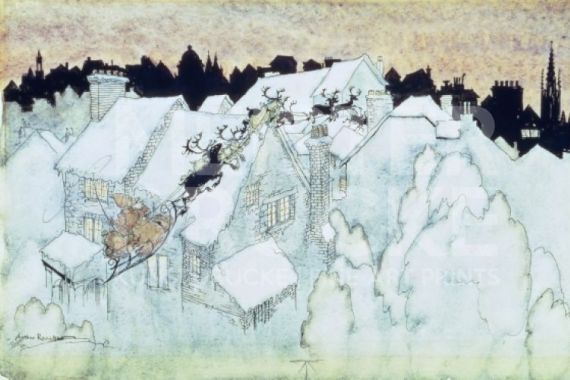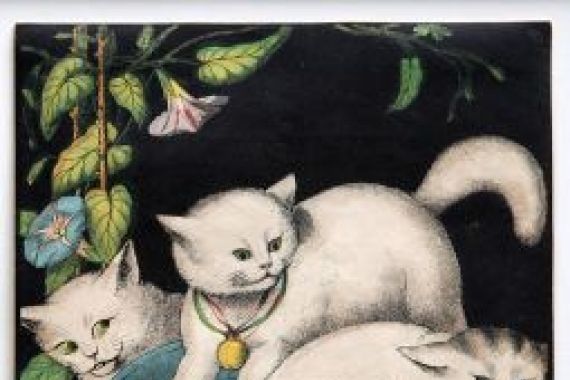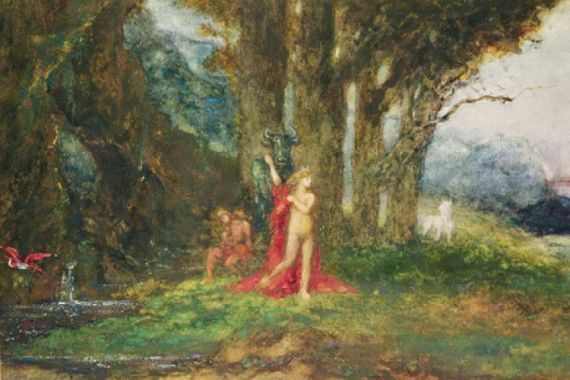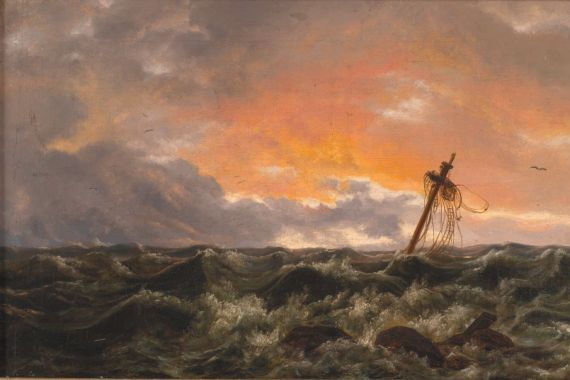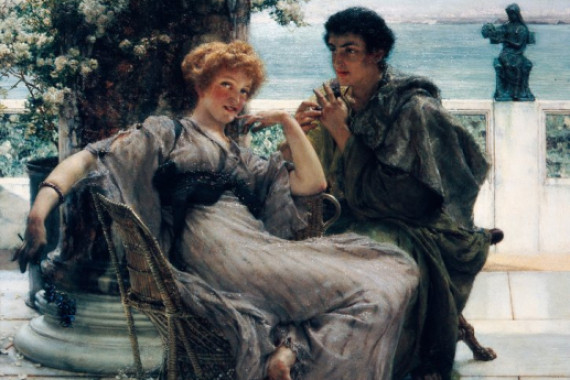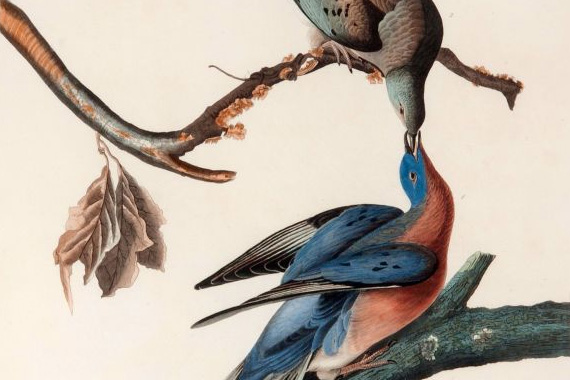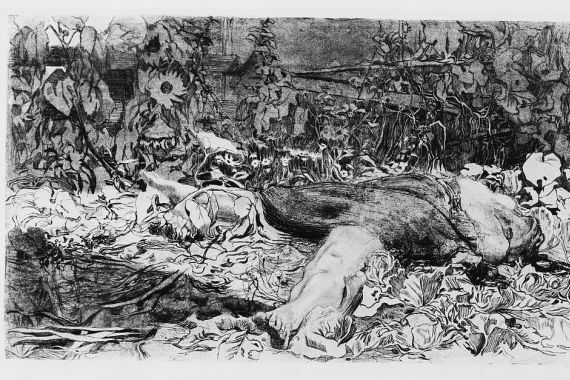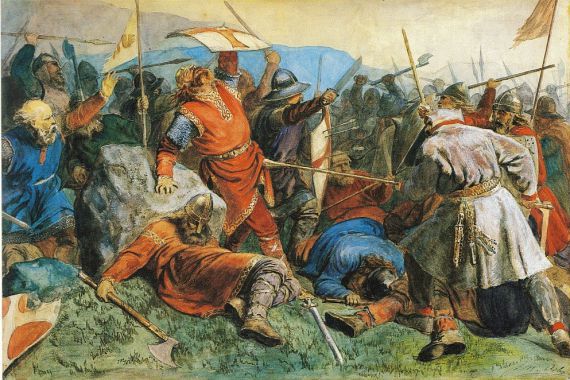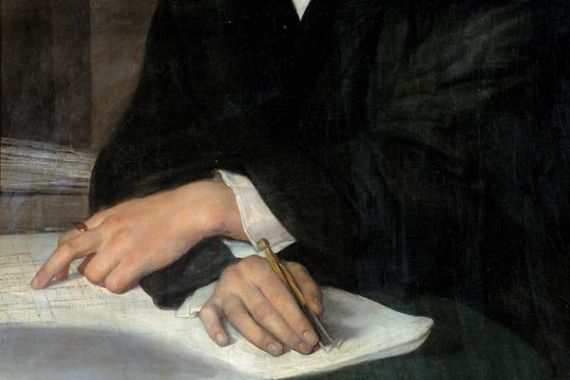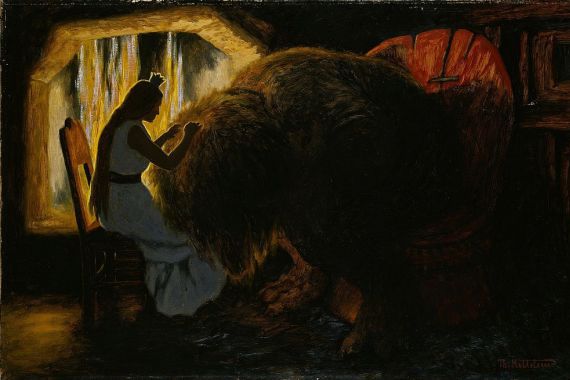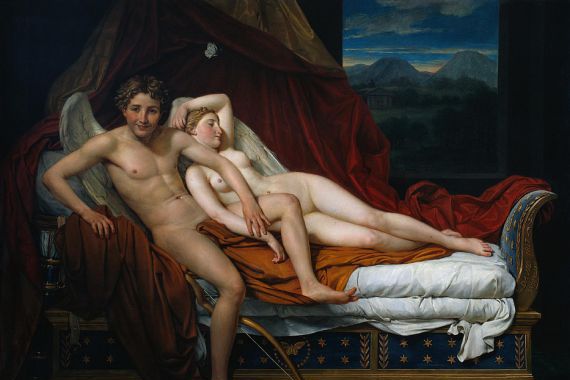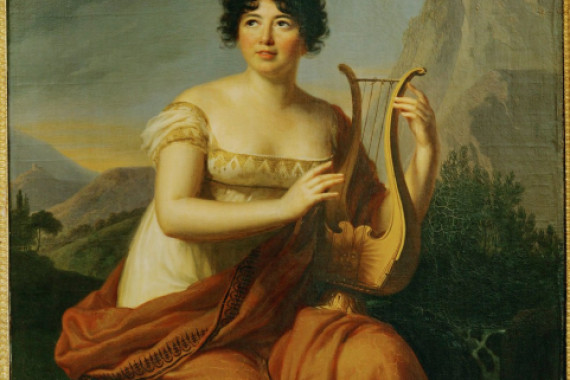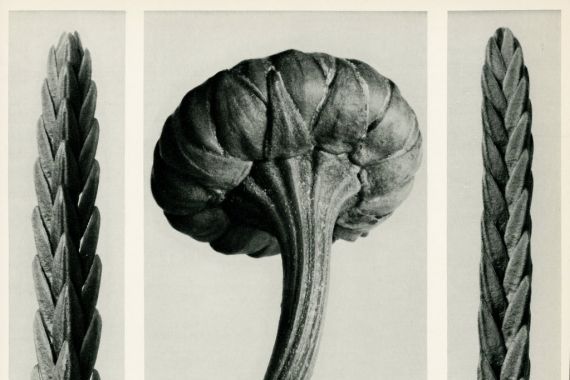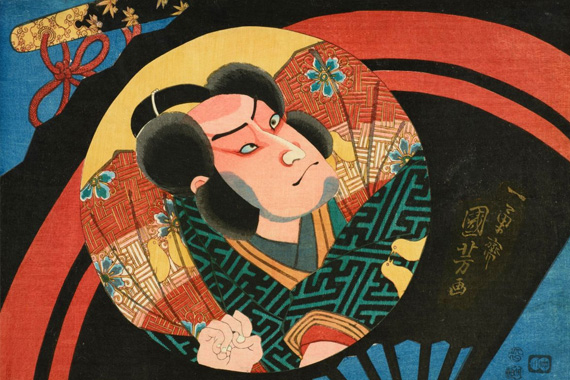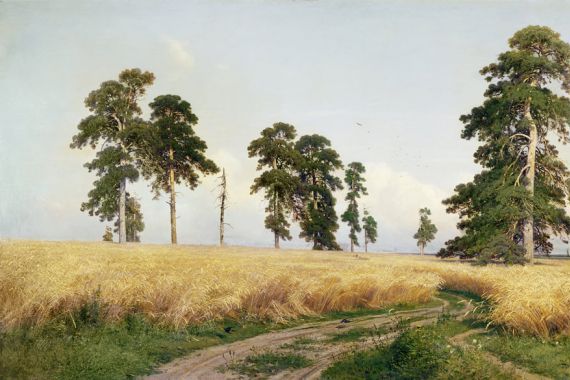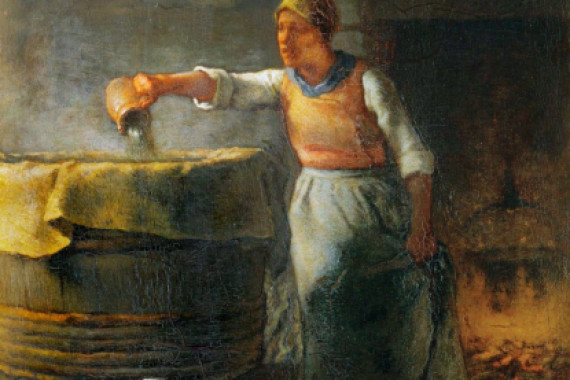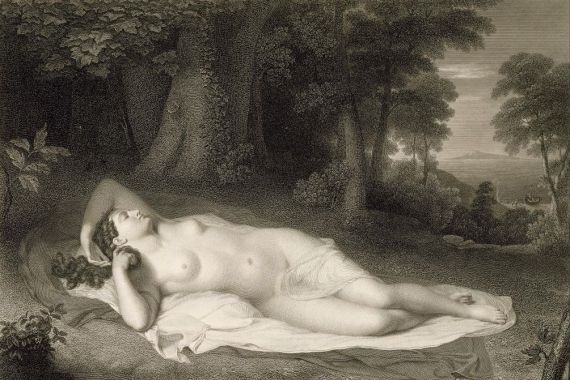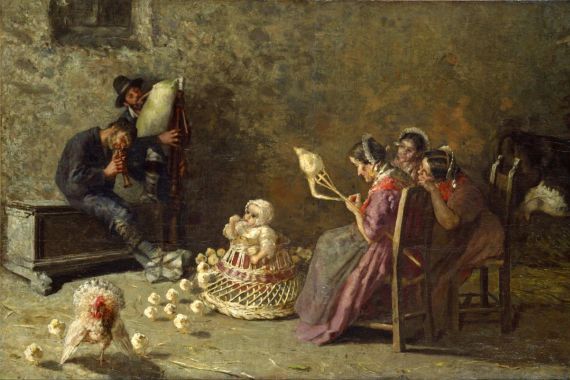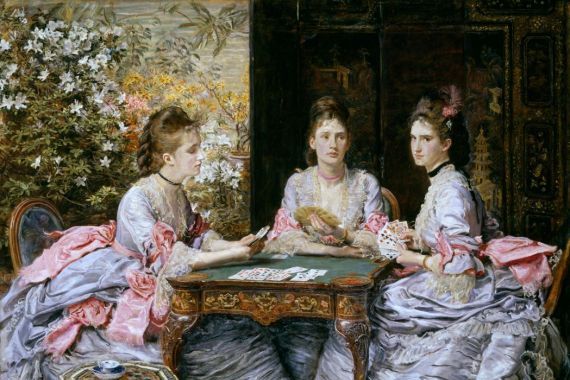Artists of the 19th Century – Romanticism, Impressionism, Modernity
The 19th century was an age of movement and transformation. As factories rose and railways cut through the land, artists sought new forms to express a world in constant flux. The paintings of this era tell stories of longing and revolution, hope and doubt. Amid the quiet rumble of social change and the melancholy of the past, art searches for answers in a world growing ever faster.
Romantics like Caspar David Friedrich created dreamlike worlds, where nature and solitude mirror inner emotions. Misty shores and endless forests hint at something unattainable, as if stillness and grandeur could, for a moment, dispel all pain and uncertainty. Soon the light of realism enters the studio: Gustave Courbet, Adolph Menzel, and others turn their gaze to everyday life – work, poverty, and the immediacy of real existence – radical, honest, sometimes uncomfortable.
With Impressionism comes an explosion of light and color. Artists like Monet, Degas, and Morisot break free from academic tradition, capturing fleeting moments on canvas. Streets, dance halls, fields, and water become vibrant studies in movement and perception. The world is no longer a fixed whole, but a pulsating interplay of impressions and sensations.
In the salons, studios, and on the streets of Europe, the struggle for freedom and individuality is palpable. Art becomes experiment, protest, and a mirror of society. New themes arise: industrialization, the life of workers, the unconscious, the role of women in art. Rosa Bonheur and Berthe Morisot open doors once closed. The 19th century stands for energy, change, and an unquenchable desire to understand its own age through art.
To this day, the era remains a symbol of renewal, passion, and the power to defy convention—a century where art boldly seeks new paths and reaches unprecedented intensity.
Artists of the 19th Century – Romanticism, Impressionism, Modernity
The 19th century was an age of movement and transformation. As factories rose and railways cut through the land, artists sought new forms to express a world in constant flux. The paintings of this era tell stories of longing and revolution, hope and doubt. Amid the quiet rumble of social change and the melancholy of the past, art searches for answers in a world growing ever faster.
Romantics like Caspar David Friedrich created dreamlike worlds, where nature and solitude mirror inner emotions. Misty shores and endless forests hint at something unattainable, as if stillness and grandeur could, for a moment, dispel all pain and uncertainty. Soon the light of realism enters the studio: Gustave Courbet, Adolph Menzel, and others turn their gaze to everyday life – work, poverty, and the immediacy of real existence – radical, honest, sometimes uncomfortable.
With Impressionism comes an explosion of light and color. Artists like Monet, Degas, and Morisot break free from academic tradition, capturing fleeting moments on canvas. Streets, dance halls, fields, and water become vibrant studies in movement and perception. The world is no longer a fixed whole, but a pulsating interplay of impressions and sensations.
In the salons, studios, and on the streets of Europe, the struggle for freedom and individuality is palpable. Art becomes experiment, protest, and a mirror of society. New themes arise: industrialization, the life of workers, the unconscious, the role of women in art. Rosa Bonheur and Berthe Morisot open doors once closed. The 19th century stands for energy, change, and an unquenchable desire to understand its own age through art.
To this day, the era remains a symbol of renewal, passion, and the power to defy convention—a century where art boldly seeks new paths and reaches unprecedented intensity.
×



